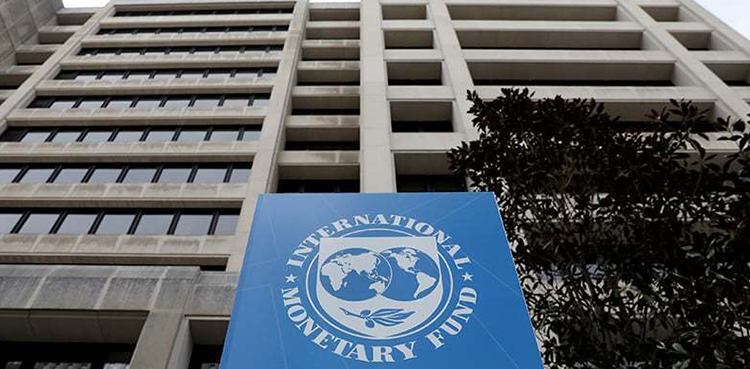In a troubling turn of events, food prices around the world have soared, affecting countries across the spectrum.
While some nations are grappling with triple-digit percentage increases, others are experiencing an unprecedented downturn.
Venezuela and Lebanon
Venezuela and Lebanon, in particular, are witnessing crippling food inflation rates of 403% and 278%, respectively.
As the global economy navigates a complex web of challenges, the rising cost of food has emerged as a pressing concern affecting households and governments alike.
In a survey of 60 countries, conducted by economic analysts, alarming figures reveal the extent of this crisis.
Venezuela, plagued by political turmoil and economic instability for years, now faces the staggering reality of a 403 percent food inflation rate.
Spiraling prices have left citizens struggling to put food on the table, further exacerbating the nation’s humanitarian crisis.
Lebanon, still reeling from the aftermath of a devastating explosion in Beirut and a prolonged economic crisis, is grappling with a 278 percent food inflation rate. Basic food items have become a luxury for many Lebanese citizens, triggering widespread discontent.
Meanwhile, other countries are also grappling with significant food inflation, including Argentina (116%), Turkey (72.68%), and Egypt (68.4%). In Pakistan (38.5%) and Iran (38.3%), citizens are feeling the pinch of rising food prices, while in Nigeria (26.98%), inflation adds to the economic challenges facing the nation.
Conversely, some countries are experiencing comparatively milder food inflation rates.
United States and China
In the United States, food inflation stands at 4.9%, and in China, there’s a rare deflationary trend at -1.7%. However, even these seemingly lower rates can strain household budgets.
These global food inflation trends are being driven by a combination of factors, including supply chain disruptions, extreme weather events, geopolitical tensions, and the lingering effects of the COVID-19 pandemic. Governments worldwide are under mounting pressure to address the issue, with efforts ranging from subsidy programs to food distribution initiatives.
The diverse range of food inflation rates underscores the complex and interconnected nature of the global economy.
As nations grapple with these challenges, finding sustainable solutions to ensure food security for all remains a top priority.


















































